When you look back at classic cars from the ’60s and ’70s, one of the most noticeable differences is roofline. Fastbacks with their sweeping slopes promised speed and style, while coupes stuck with a more traditional, upright profile. Both had their fans, but decades later, which design has held up better? From Mustangs to Chargers and beyond, these shapes tell stories not just about trends, but about how performance, practicality, and taste evolved over time. Here’s a closer look at how fastbacks and coupes have aged—and what that means today.
1. The Mustang Fastback Left a Lasting Visual
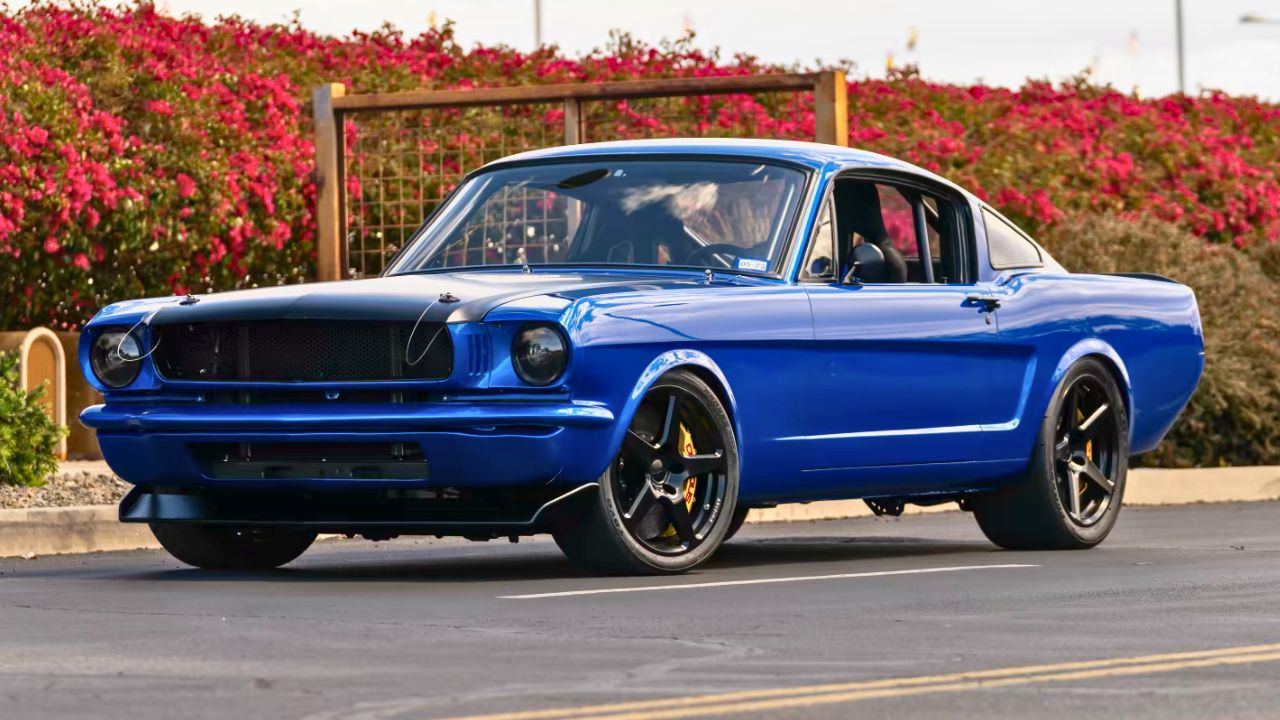
The 1965–66 Mustang Fastback didn’t just look different—it looked faster, even standing still. Its sloped rear glass and flowing roofline set it apart from the notchback coupe, which had a more upright, traditional profile. While both sold well, it’s the Fastback that people still chase at auctions and in restomods. Mechanically, they were similar, but the Fastback’s silhouette has aged better in the eyes of collectors and custom builders.
2. Charger’s Fastback Debut Didn’t Land
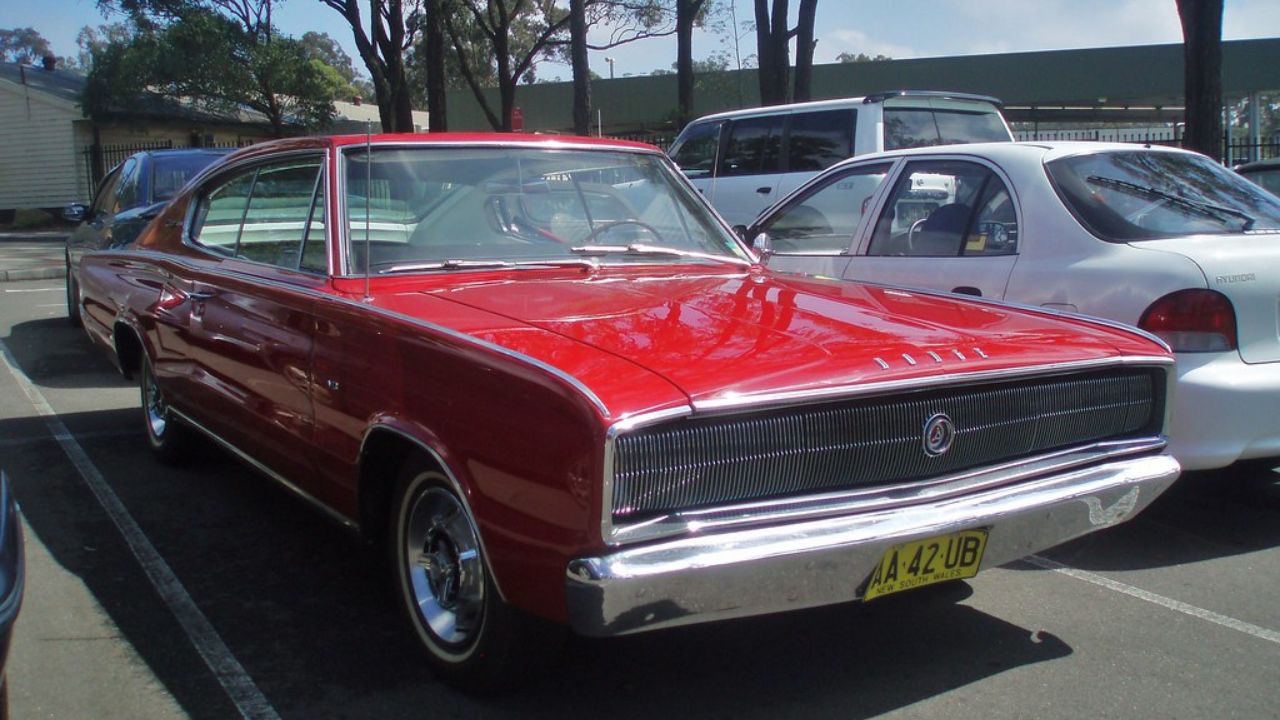
The 1966–67 Dodge Charger was a full fastback with hidden headlights and a wide rear window, but it didn’t take off like Dodge hoped. The design was aggressive but polarizing. Sales lagged behind the more conventional Coronet coupe. When the 1968 redesign hit—with more muscle and less fastback—it became a hit. In hindsight, the original fastback Charger feels more like a design experiment than a timeless shape.
3. Cougar Coupe Stayed Under the Radar
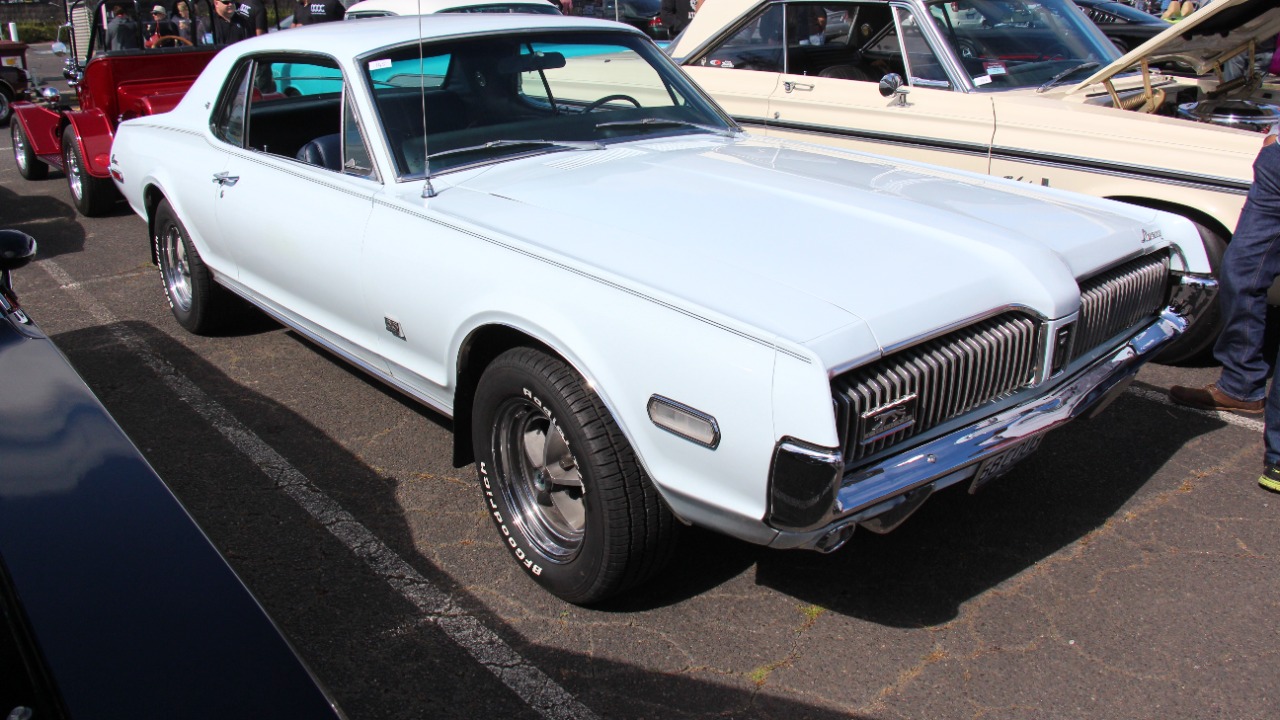
Mercury’s Cougar came in coupe form only, with more upscale features compared to the Mustang. The long hood, short deck formula aged reasonably well, but the Cougar never reached the visual icon status of its Ford cousin—especially the Fastback. The Cougar’s formal roofline gave it a more refined profile, but that’s also part of why it’s rarely remembered as a performance car first.
4. AMC Marlin’s Fastback Was a Stretch
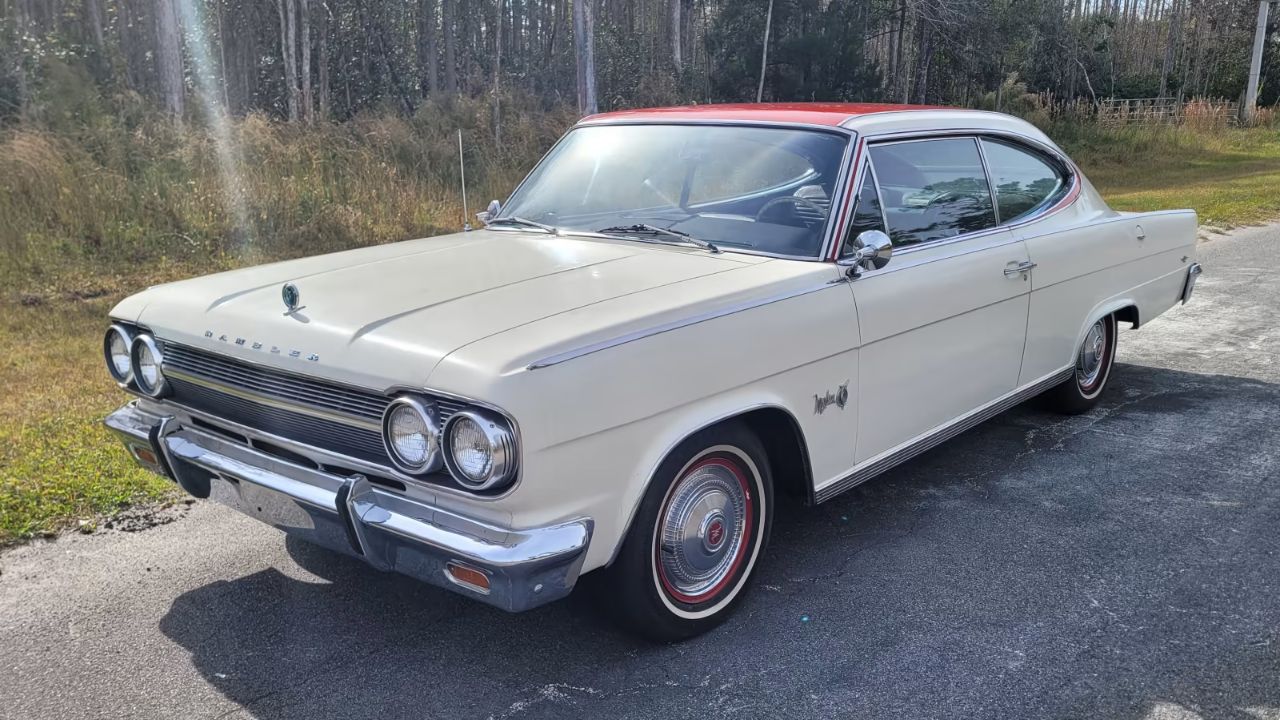
AMC tried to get into the fastback trend with the Marlin in 1965. Based on the midsize Classic, the Marlin had a long, dramatic roofline that never quite matched its proportions. It was ambitious, but awkward—and the market noticed. Sales barely cracked five figures, and AMC scrapped it after a few years. Compared to a coupe like the Rambler Rogue, the Marlin just hasn’t aged gracefully.
5. Chevy Impala Coupe Held Its Own
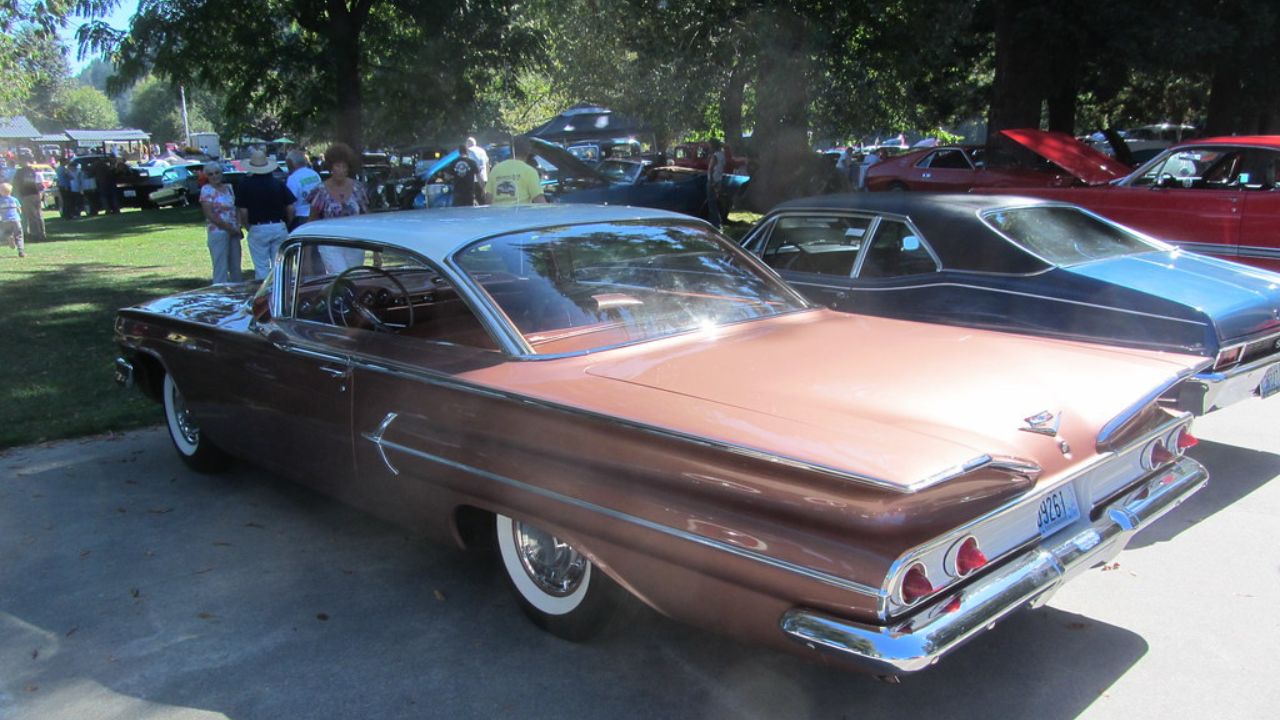
The ’60s Impala coupe, with its pillarless hardtop design, has aged remarkably well. Clean lines, long fenders, and subtle detailing make it popular in resto and lowrider scenes. The Fastback-style 1967–68 Impalas looked cool, but the formal coupe—especially earlier models—has held stronger long-term appeal. The hardtop coupe is easier to recognize and easier to style for custom builds.
6. Torino Fastback Brought the Right Shape at the Right Time
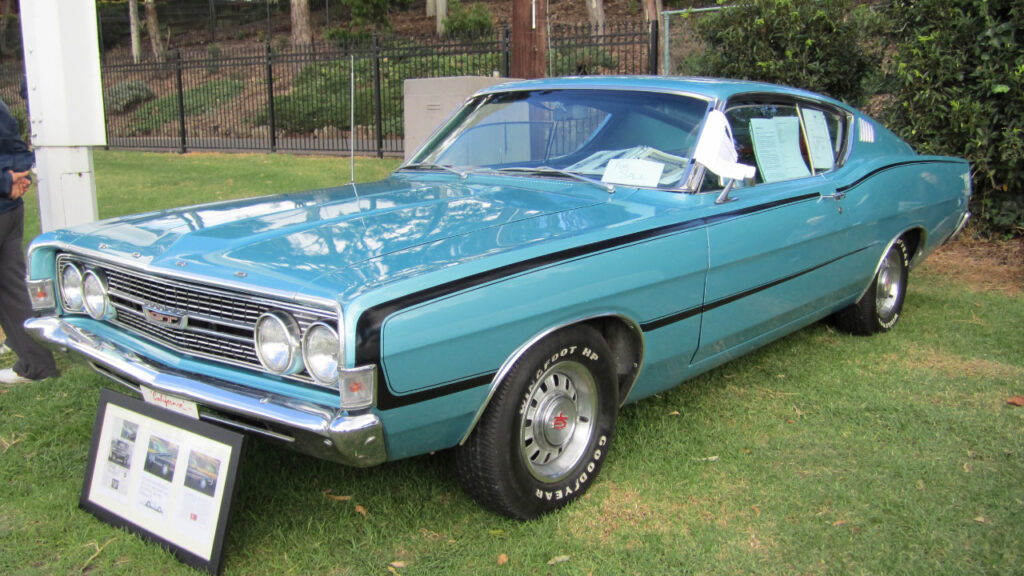
Ford’s Torino fastback (especially 1968–69) hit a good balance. It had muscle car proportions, a sleek roofline, and room for big-block power under the hood. It looked right then, and it still looks right today. The coupe versions—particularly the formal-roof ones—seemed more like placeholder trims. The Fastback’s NASCAR ties also help its legacy. In photos or in person, it’s still got presence.
7. Fastback Profiles Were Often Heavier
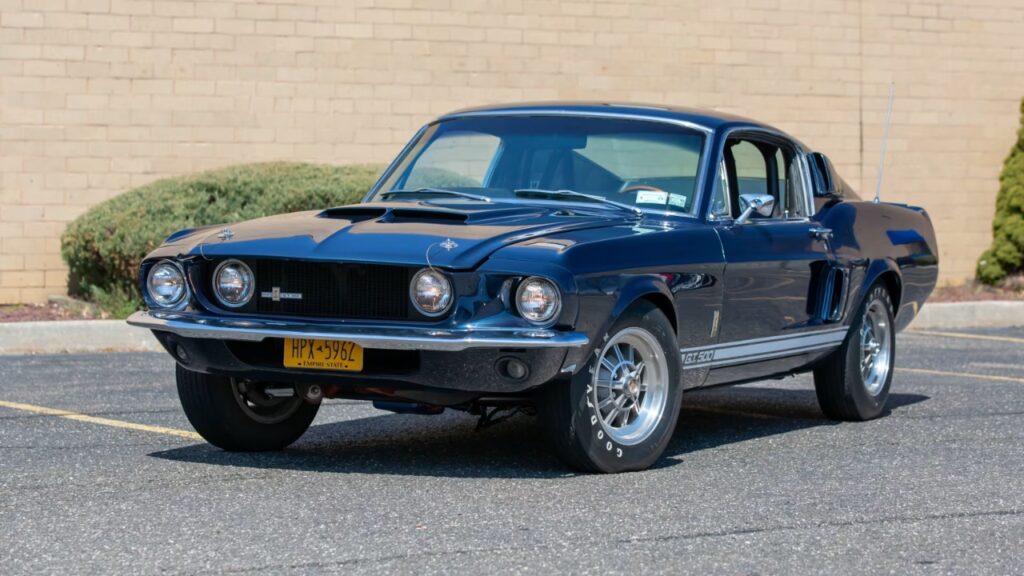
While fastbacks had the look, they sometimes came with added weight or structural compromise. Rearward visibility often suffered, and trunk space was awkward. The same platform in coupe form—think ’67 Mustang coupe vs. fastback—was lighter and had a stiffer feel. It wasn’t always dramatic, but for driving dynamics, the coupe usually had a slight edge, even if it didn’t look as exciting parked.
8. Aerodynamics Mattered at Speed, Not the Street
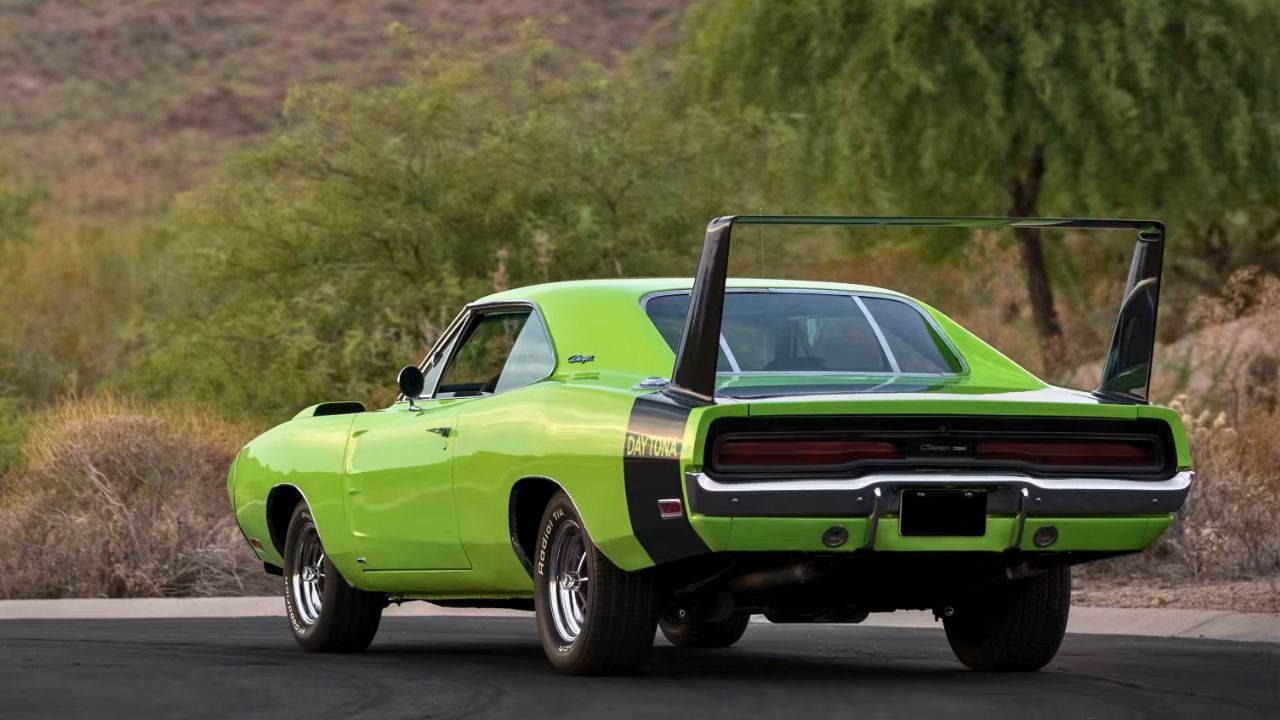
Fastbacks were often marketed as more aerodynamic, and in some cases—like the Charger Daytona or Mustang Mach 1—they were. But for regular street driving, that didn’t really translate to much. The visual promise of speed was there, but the real-world advantage mostly showed up in NASCAR, not on Main Street. Coupes, meanwhile, didn’t pretend to be something they weren’t.
9. Restorers and Modders Pick Fastbacks First
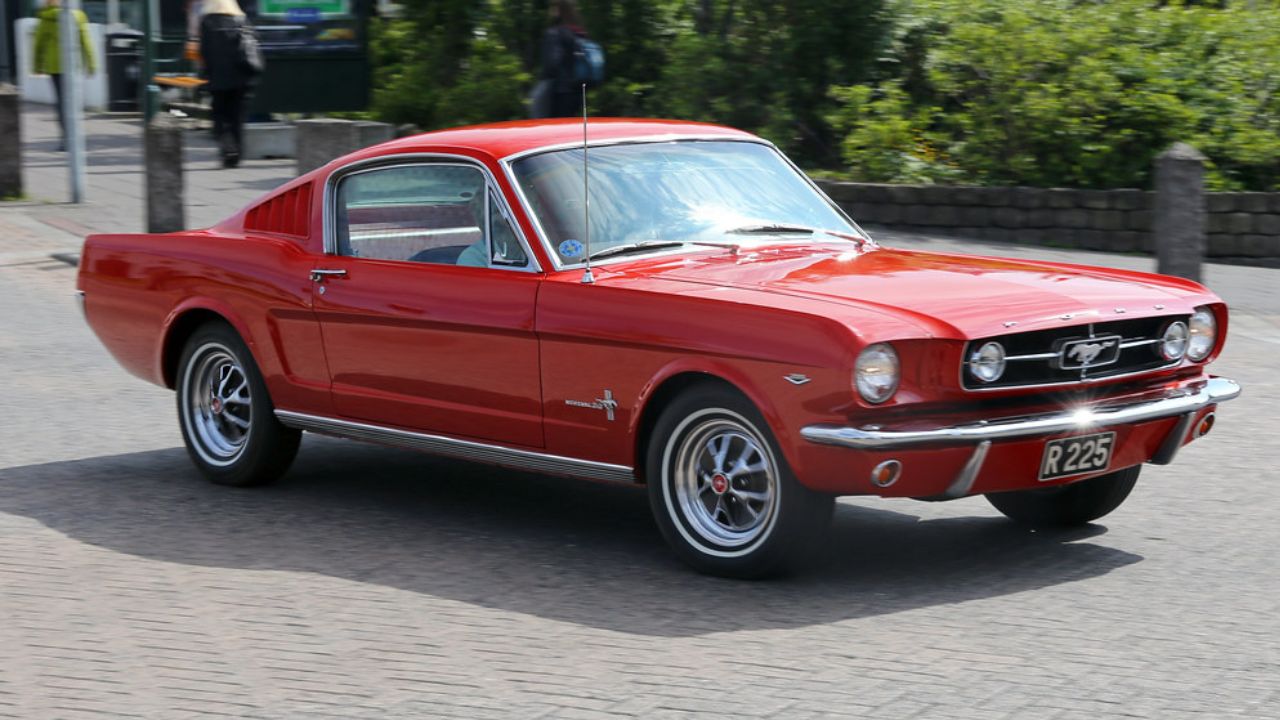
Whether it’s a Mustang, Torino, or Nova, Fastbacks tend to be the first choice for resto-mods and high-end builds. That doesn’t necessarily mean they’re better—just more sought-after today. The shape gives more design freedom and tends to bring higher resale value. Coupes may be more accessible, but they’re often second in line when a builder has options.
10. The Market Tells the Story
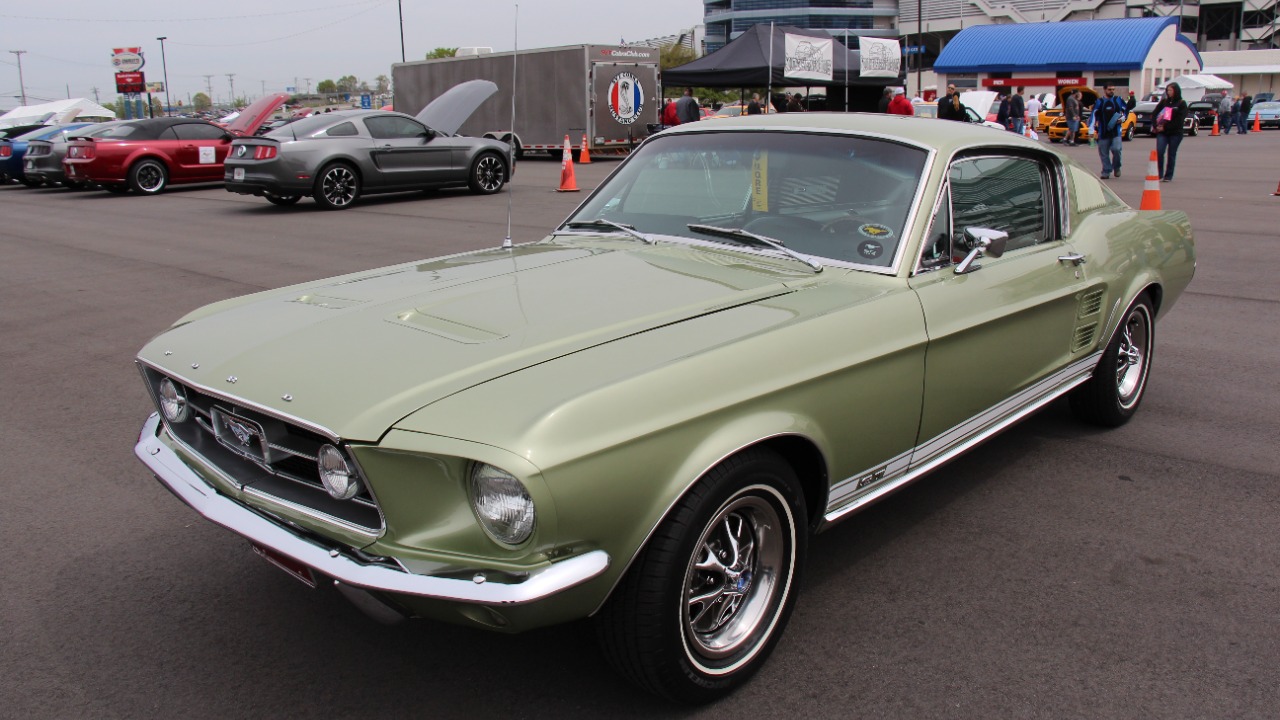
Look at pricing trends, and it’s clear: fastbacks often command more money. A 1967 Mustang Fastback is usually priced higher than a similar-condition coupe. Same goes for Chargers and Torinos. That doesn’t mean coupes are less important—they just haven’t aged with the same desirability. When nostalgia meets resale value, fastbacks have come out ahead more often than not.

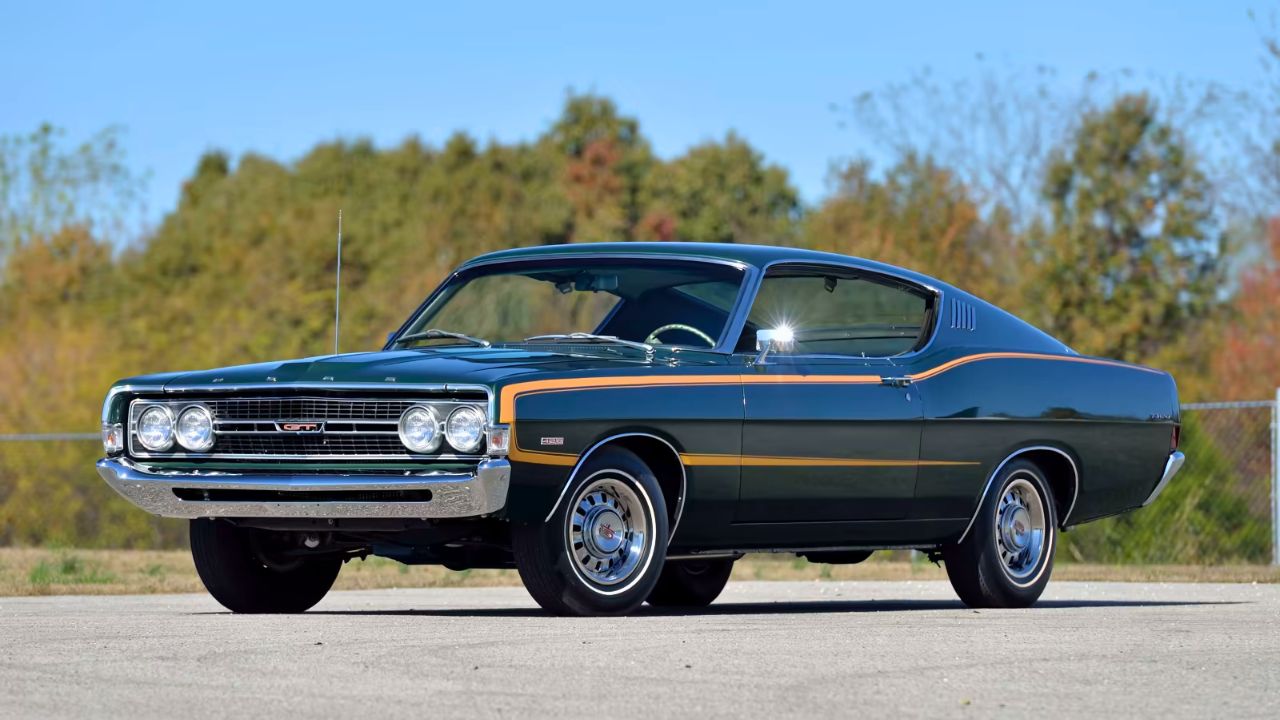

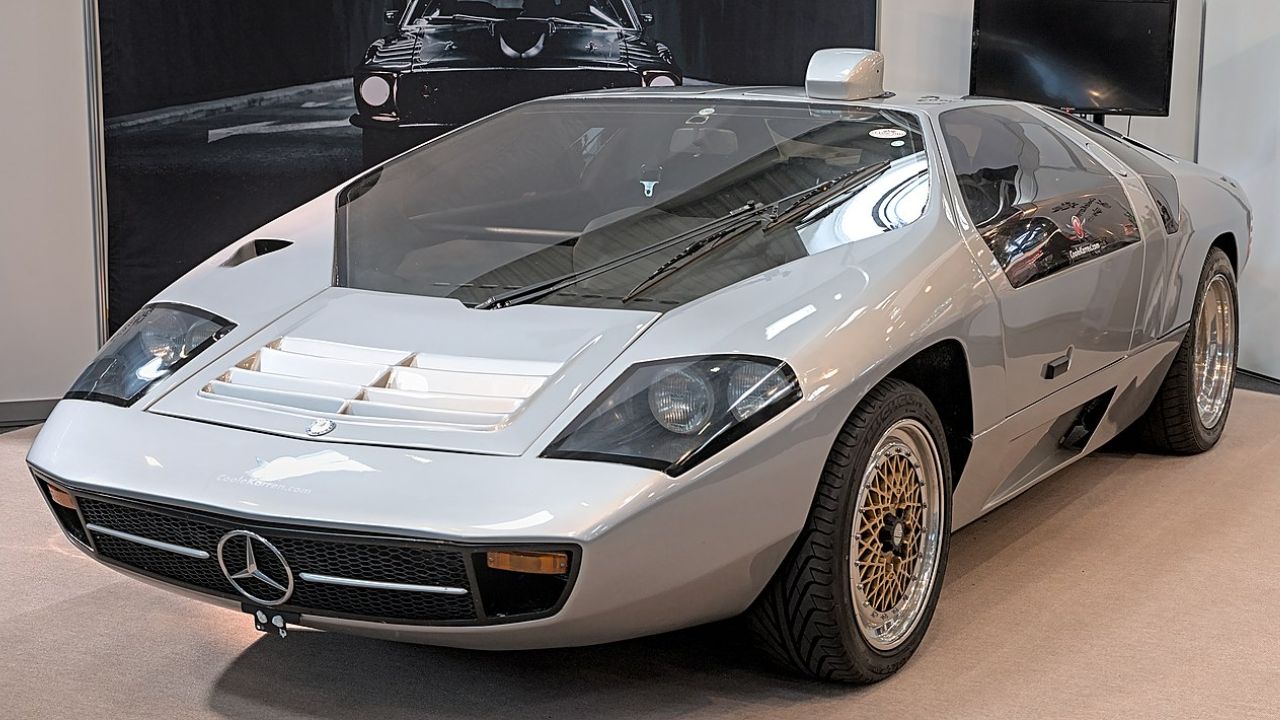
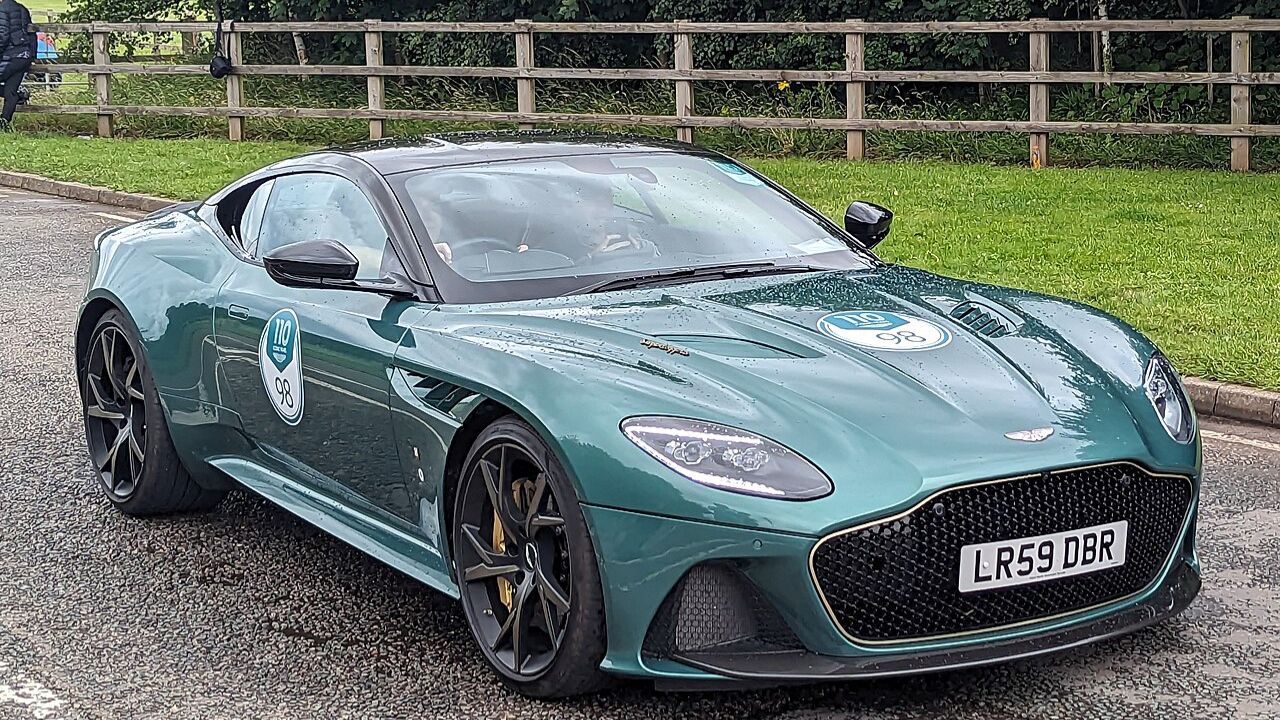
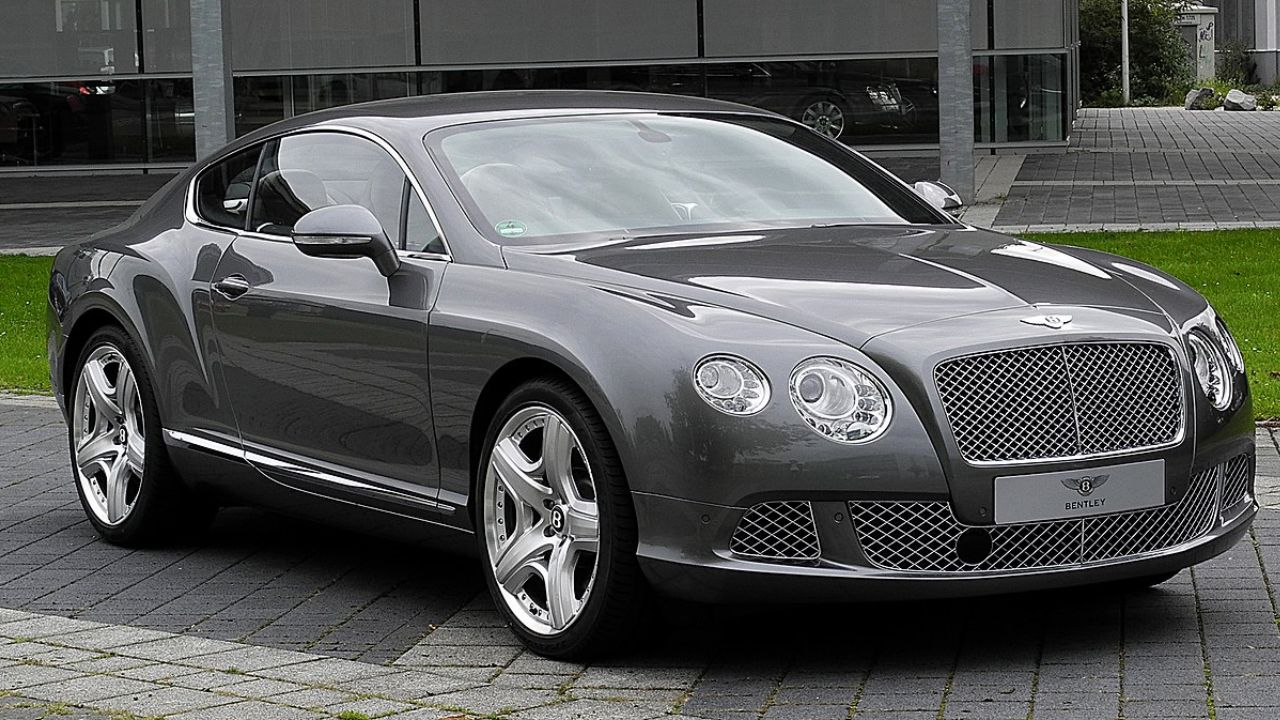
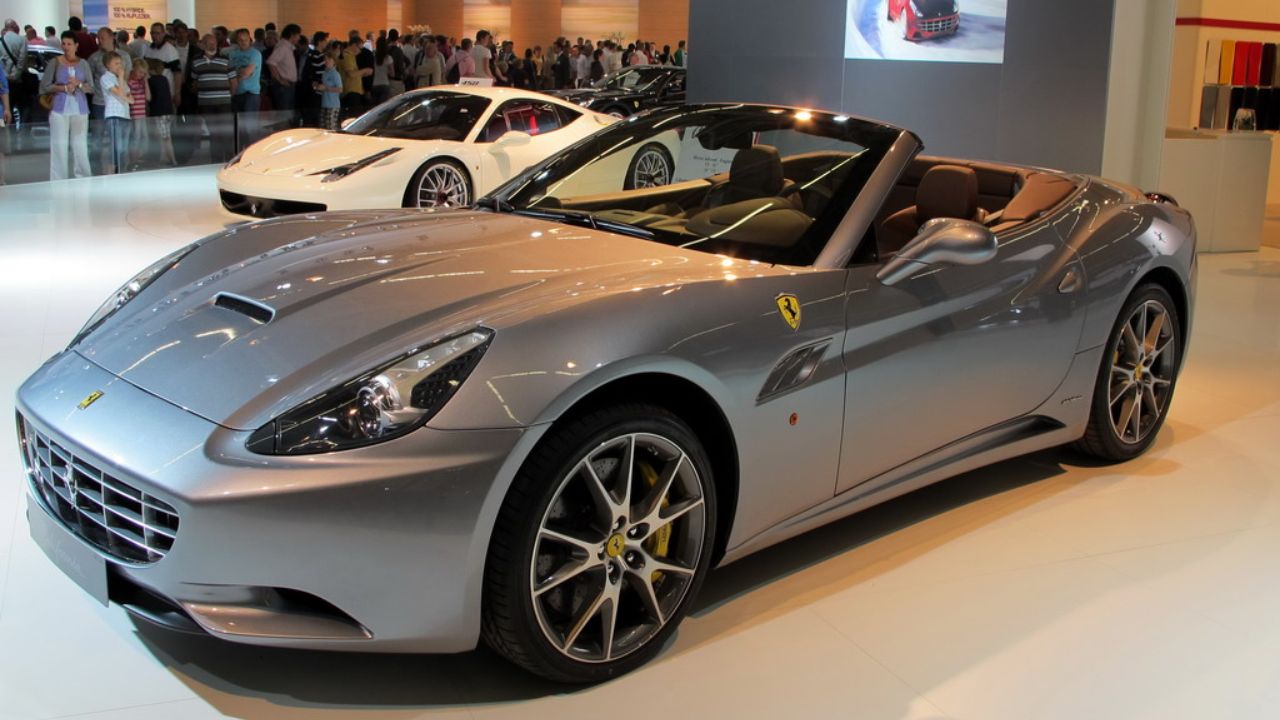
Leave a Reply